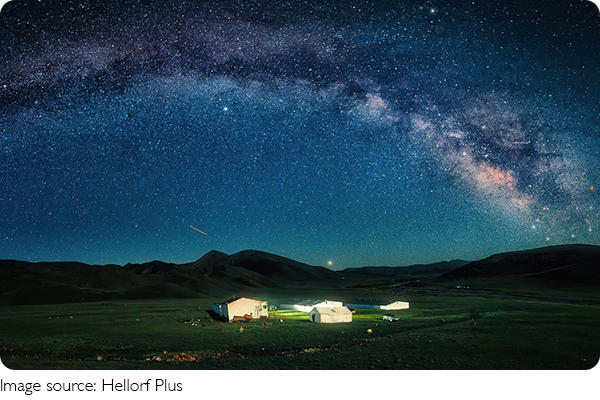Stars: Guides

The British Museum proudly hosts the world's oldest hand-drawn star map, meticulously crafted by astrological researchers over 1,300 years ago.
Remarkably, this ancient artifact accurately depicts the positions of more than 1,300 stars, offering a window into humanity's enduring fascination with the cosmos.
The History of Astronomy: From Ancient Myths to Modern Science
Video by History Sphere
Since time immemorial, humanity has gazed skyward, seeking answers and inspiration in the celestial tapestry above. The starry expanse evokes countless interpretations—from divine beings and historical light to the origins of humanity and the trajectory of our collective future.
Each of us, in our fleeting existence, has pondered the mysteries of the universe, engaging in the timeless pursuit of cosmology—the foundation of philosophy. But why do we look to the stars? In 1970, Mary Yokenda posed a poignant question to NASA, questioning the allocation of resources to space exploration amidst widespread suffering on Earth.
Aviation's vital role in global progress.
Exploring the universe's vast wonders.
Exploring Sci-Fi's Global Impact.
Unlocking Radar's Secrets.
Explore the peculiarities of Uranus, from its tilted axis to its mysterious atmosphere and rings.
Observatories observe, research, educate, and advance science, revealing cosmic mysteries.
NASA’s response, symbolized by the iconic image “Earthrise,” highlights the transformative impact of space exploration on humanity, driving technological advancements that far outweigh its costs.
When Man Looks Up at the Stars: Stars, the Universe, and the Process of Human Civilization, reminiscent of Yuval Noah Harari’s seminal work Sapiens: A Brief History of Humankind, delves into humanity’s enduring engagement with the cosmos, chronicling our profound relationship with the universe.

From ancient rock paintings and stone circles to the dawn of scientific inquiry and democratic governance, the narrative reveals 12 pivotal moments when humanity’s gaze turned skyward, shaping our understanding of the universe and our place within it.
The celestial sphere, imagined by our ancestors as a vast dome enveloping the Earth, reflects the universal human experience of a star-filled sky. This cosmic canvas, in perpetual motion, rotates from east to west, mirroring the path of the sun and stars. Divided into northern and southern hemispheres, the celestial sphere serves as a backdrop upon which humanity has woven countless stories and constellations.
Through millennia of observation and contemplation, astronomers have mapped the heavens, defining constellations that transcend time and culture. From the ancient civilizations of Babylon and Egypt to the modern scientific era, the concept of constellations has evolved, culminating in the recognition of 88 distinct configurations that grace the night sky.
The starry firmament has long captivated humanity’s imagination, inspiring artistic expression, scientific inquiry, and philosophical reflection. Throughout the arc of human civilization, we have been irresistibly drawn to the stars, seeking to unravel the mysteries of the cosmos and chart a course toward a brighter future.
Astronomical observations have played a pivotal role in human history, facilitating navigation, agriculture, and timekeeping. They have guided explorers across vast oceans and enabled the prediction of seasonal patterns essential for agricultural productivity.
In modern times, space exploration continues to provide invaluable insights into the origins of the universe and the potential for extraterrestrial life, driving scientific innovation and technological advancement. As we delve deeper into the vastness of space, the study of the stars not only enhances our understanding of the cosmos but also propels humanity toward new frontiers of discovery and exploration.
Thus, the exploration of the stars weaves a rich tapestry of human experience, intertwining science, spirituality, and artistic expression in an ongoing journey of wonder and understanding.

 · Science Team
· Science Team